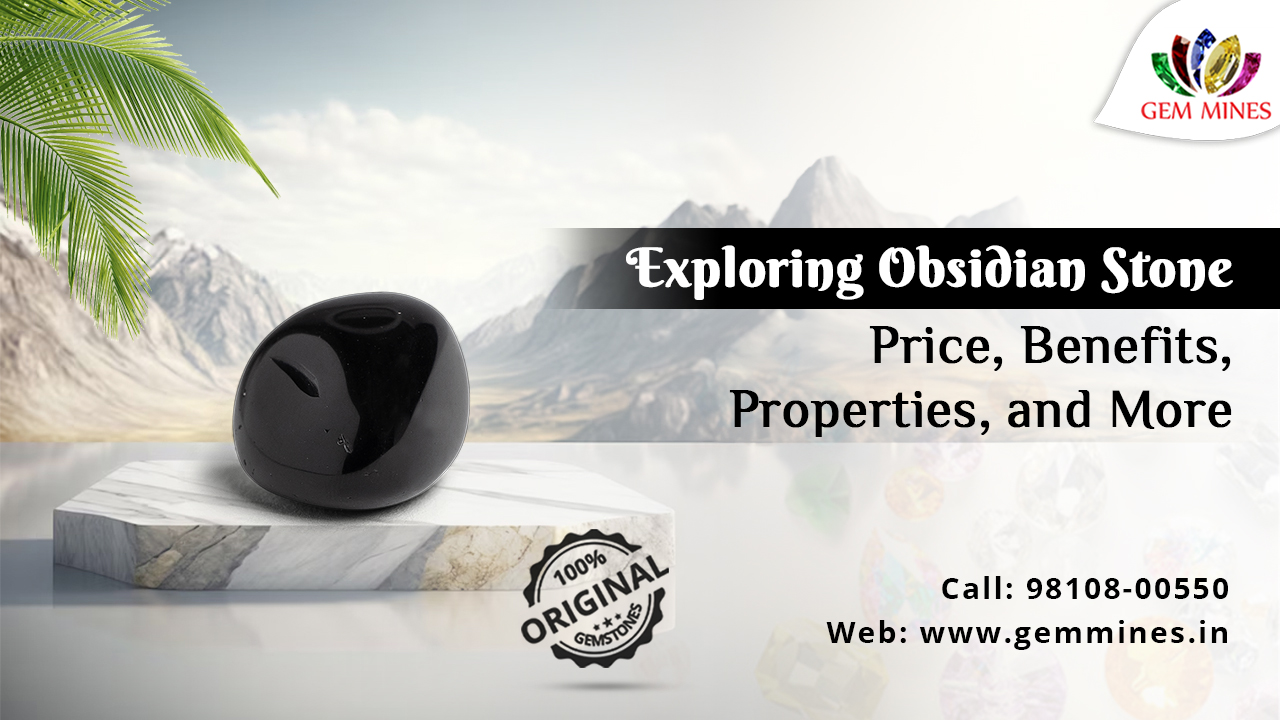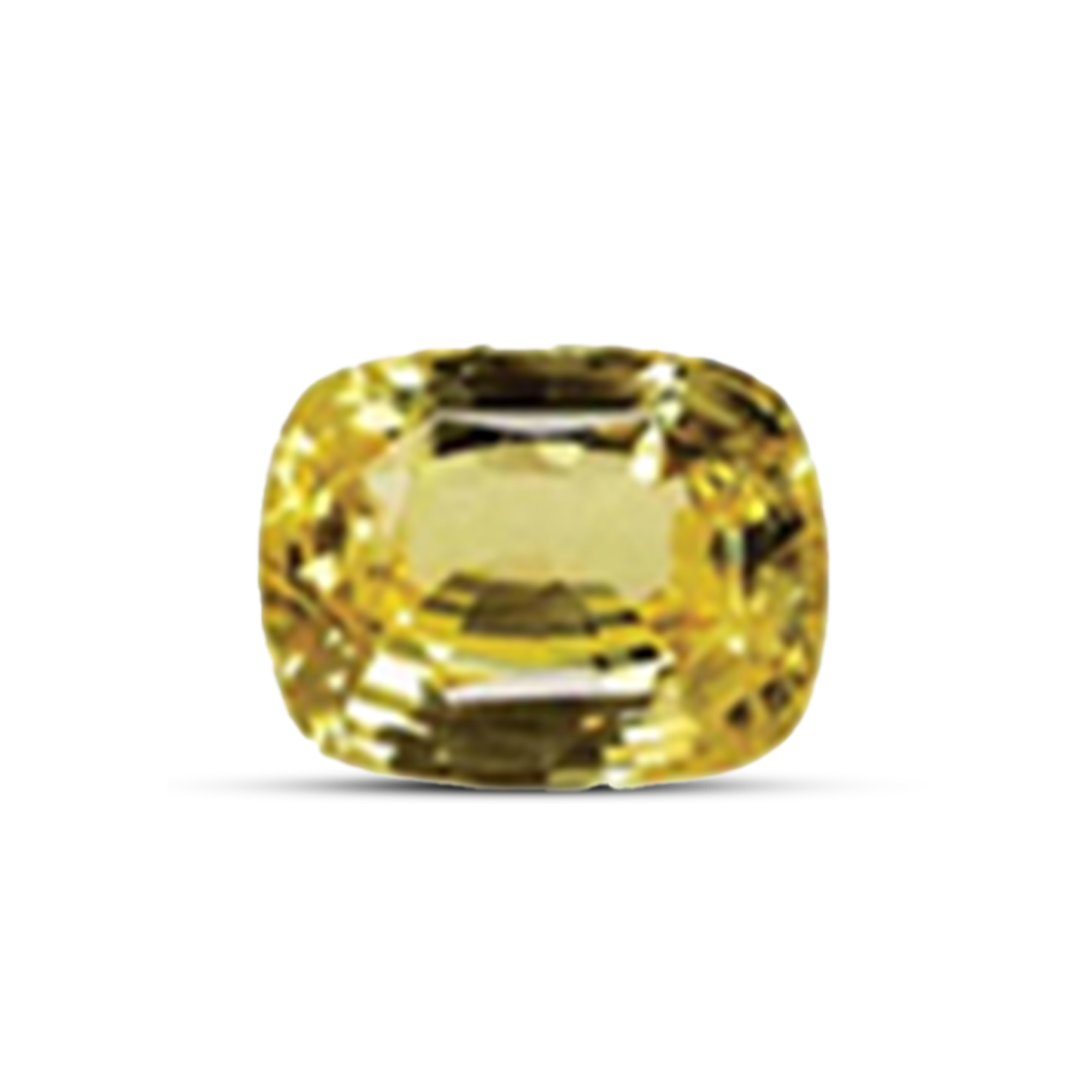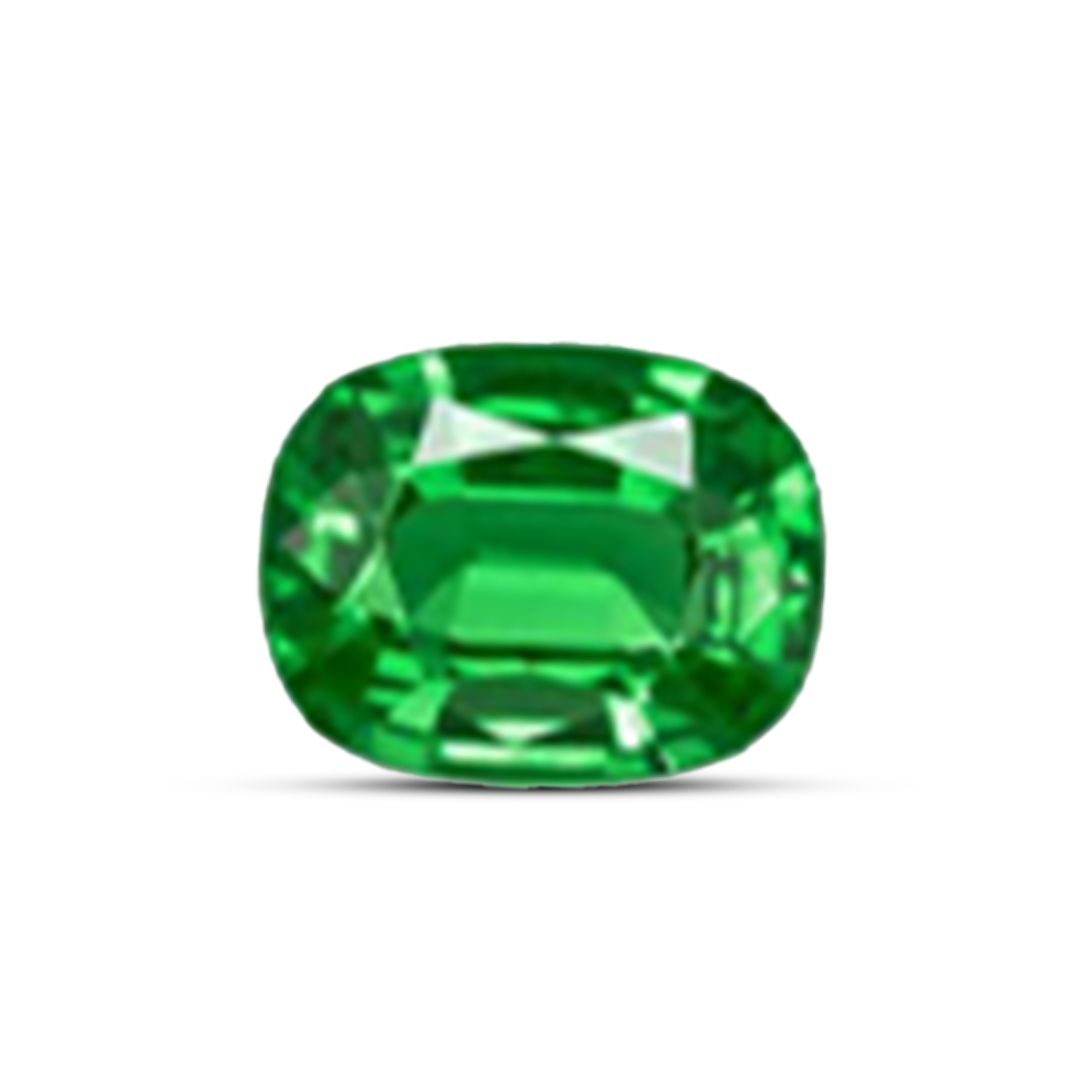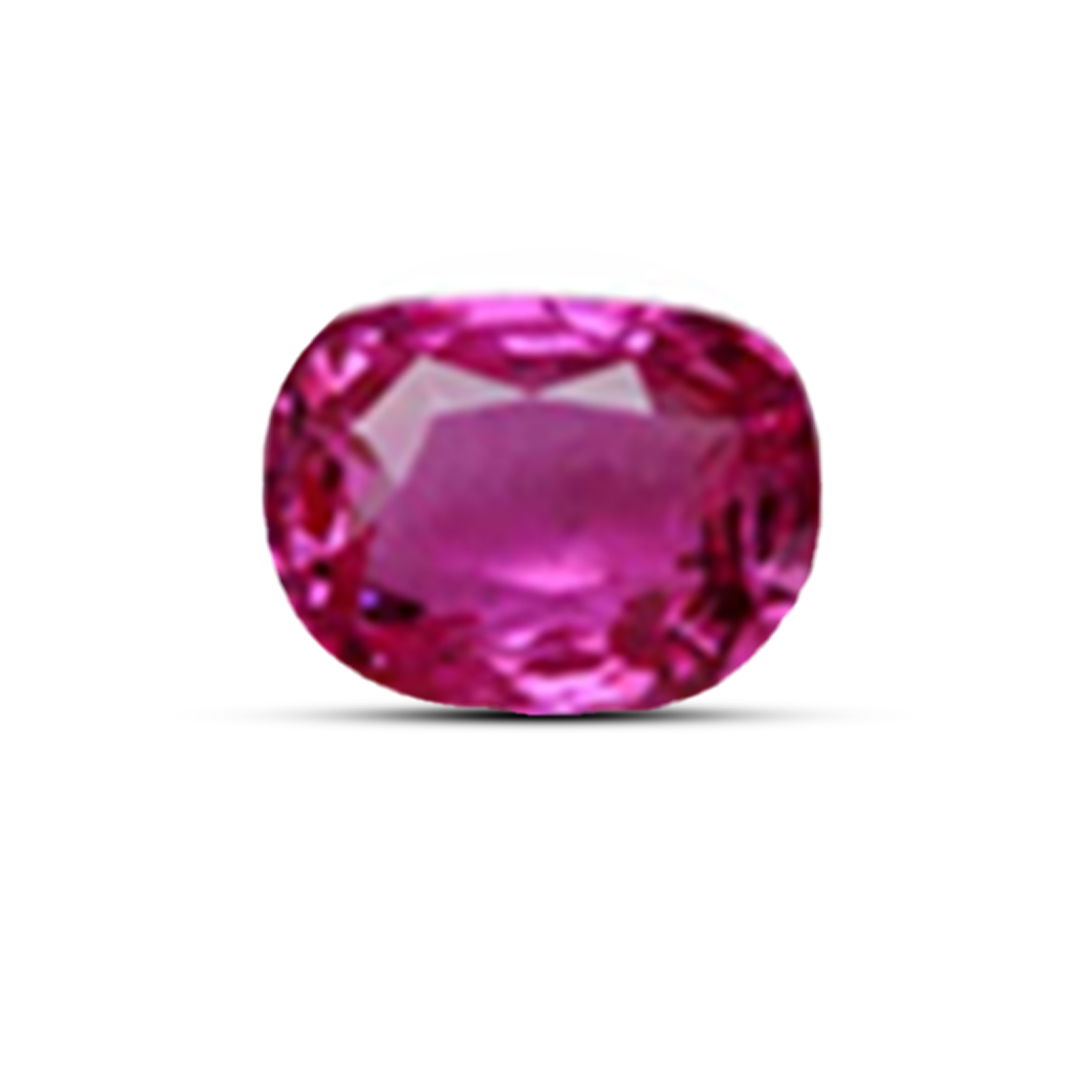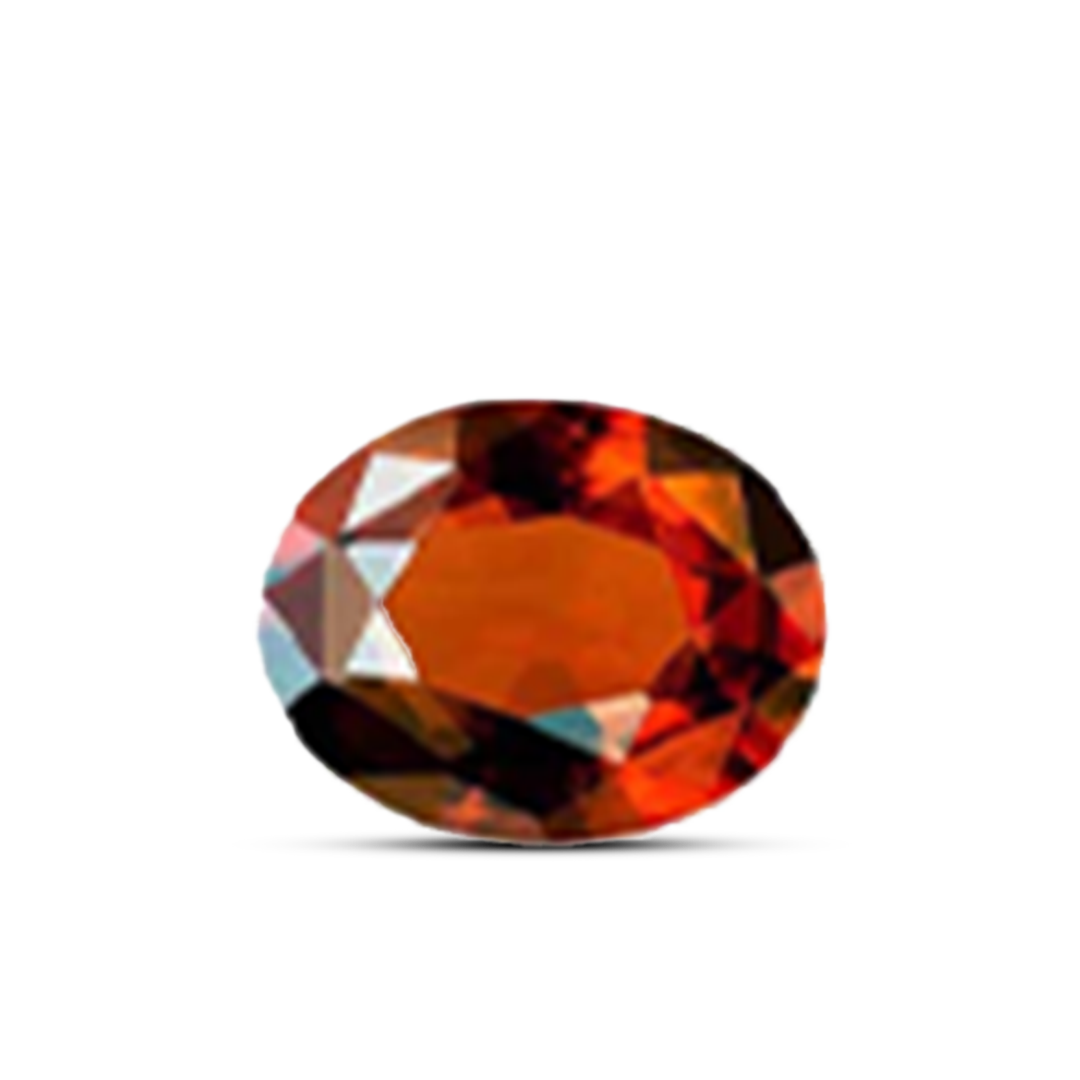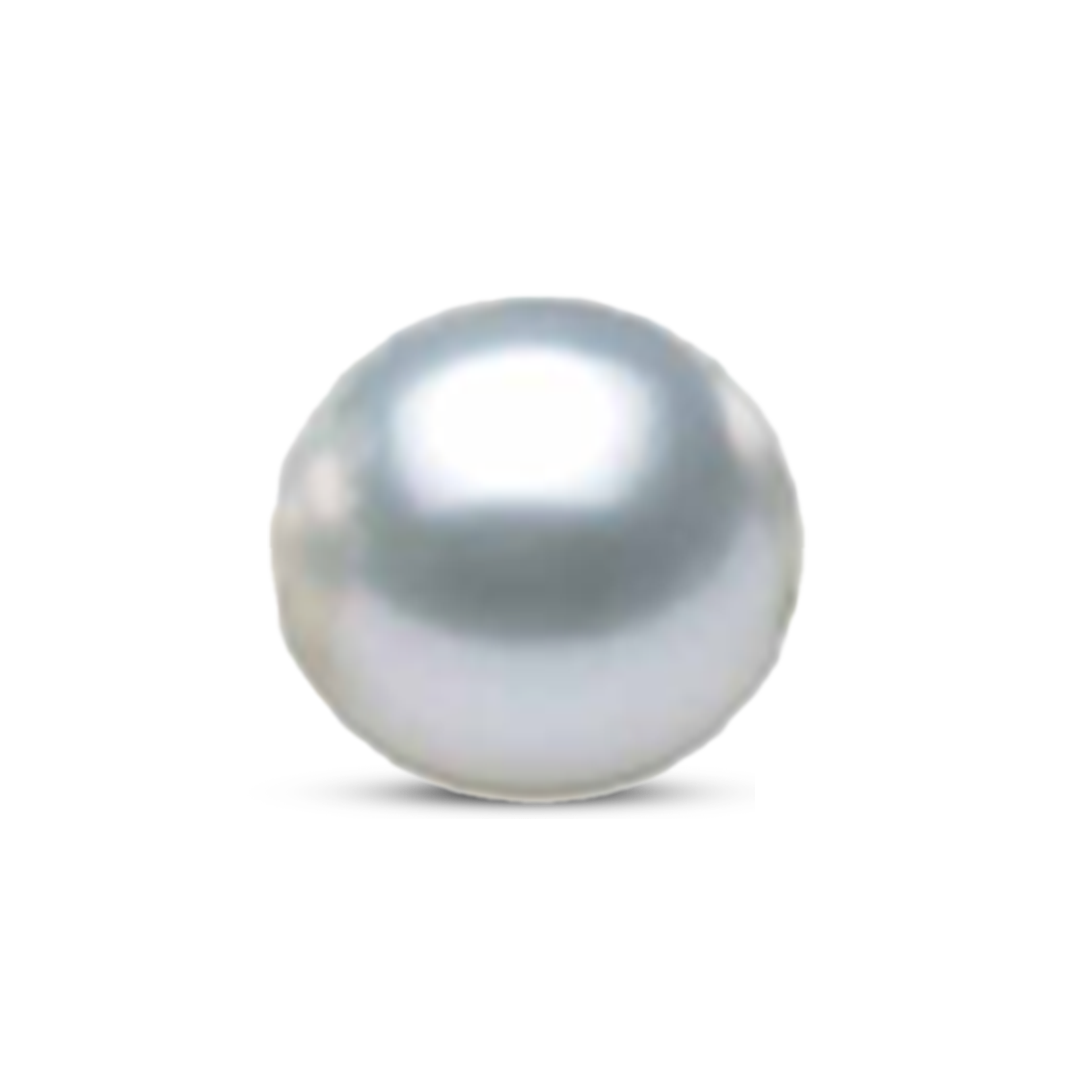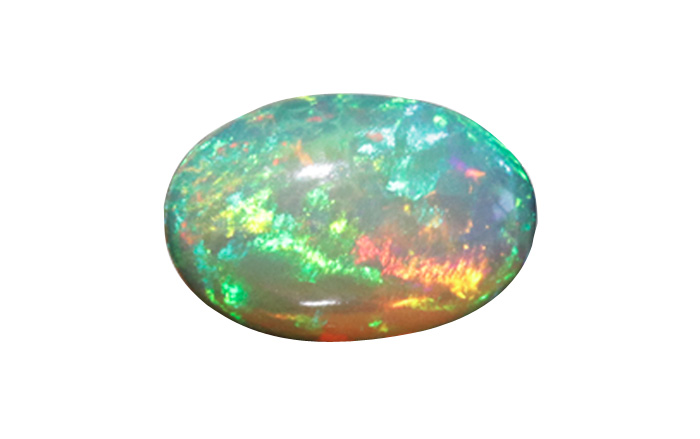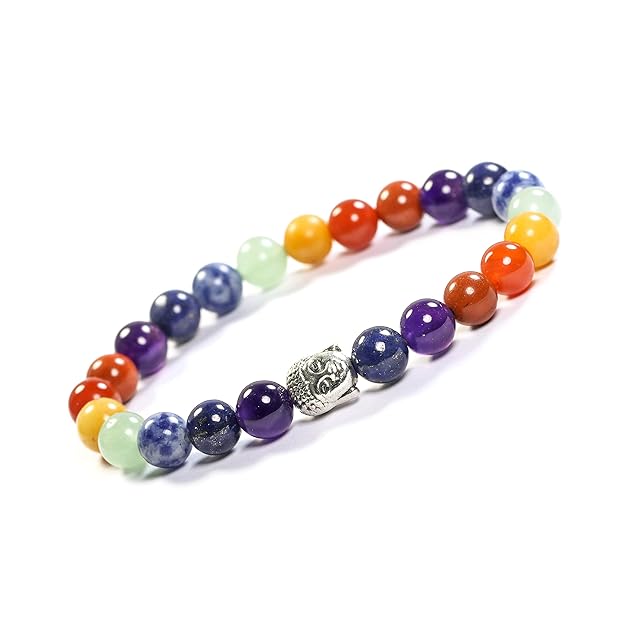Obsidian, a type of volcanic glass with a deep and glossy sheen, has fascinated humans for thousands of years. This interesting material is formed when lava cools down rapidly and possesses unique physical features.
It has a rich history and cultural significance. In this article, we will delve into obsidian’s geological formation, its historical and contemporary uses, and the various properties that have made it a subject of both scientific and metaphysical interest.
Geological Origins of Obsidian
Obsidian is a type of volcanic glass that falls under the category of igneous rocks. It is formed by the rapid cooling of felsic lava that is enriched with silica and other light elements. This quick cooling process hinders the atoms’ organized arrangement, which generally defines minerals, resulting in a glassy texture.
Obsidian’s extrusive formation occurs at the borders of lava flows or volcanic domes, while intrusive formation can happen along the edges of dikes (intrusive igneous formations).
The presence of various minerals in the lava can affect obsidian’s coloration. This can lead to variations ranging from jet black to mahogany brown or even a shimmering gold sheen due to gas bubble inclusions.
Modern Applications of Obsidian
Obsidian is a hard and smooth volcanic glass that was highly valued in ancient times. Its unique sharpness made it a popular material for crafting arrowheads, spear points, and cutting tools. Obsidian was superior to other materials in terms of sharpness and durability.
Even today, obsidian’s exceptional sharpness makes it a valuable material for specialized surgical scalpels. Its aesthetic qualities have also led to its use in decorative objects and jewelry.
Metaphysical Beliefs and Potential Benefits
Throughout history, various cultures have ascribed metaphysical properties to obsidian. It has been associated with protection, grounding (promoting a sense of stability and focus), and facilitating personal growth.
Here’s a closer look at some of these beliefs:
- Protection: Obsidian’s dark colour has been symbolically linked to a shield against negativity, offering protection from psychic attacks and emotional manipulation.
- Grounding: This volcanic glass is believed to promote a sense of calmness and centeredness, particularly during periods of emotional turbulence.
- Self-Reflection: Nicknamed the “mirror stone,” obsidian is thought to encourage introspection, revealing hidden aspects of the self and personal growth.
- Emotional Release: By confronting negative emotions and past hurts, obsidian is believed to aid in emotional healing and letting go.
It is important to acknowledge that these beliefs are based on cultural traditions and practices. The way obsidian might influence an individual can vary.
Diverse Applications of Obsidian
Obsidian’s applications extend far beyond its captivating appearance. Here are some contemporary uses of this volcanic glass:
- Jewellery: Obsidian’s beauty and durability make it a popular choice for creating necklaces, bracelets, and earrings. It can be polished to a high gloss or left matte for a more natural aesthetic.
- Massage Therapy: The smooth and cool surface of obsidian lends itself well to massage practices, promoting relaxation and potentially improving circulation.
- Scrying: In some cultures, obsidian is used for scrying, a divinatory practice involving gazing into a reflective surface to gain insights into the future.
- Feng Shui: Obsidian’s perceived grounding and protective properties make it a popular choice in Feng Shui practices for creating harmonious and balanced spaces.
Price of Obsidian Stone
The price of obsidian can vary based on different things like its size, color, and how rare it is. Smaller pieces or those with common colors might be cheaper, while bigger or more unusual ones can cost more.
You can find obsidian for just a few dollars for small pieces, while larger or special ones might go for hundreds or even thousands of dollars.
Properties of Obsidian
Obsidian’s unique features contribute to its diverse uses. Here’s a scientific breakdown of its key properties:
- Hardness: Obsidian registers between 5.5 and 6 on the Mohs scale of mineral hardness, making it slightly harder than window glass. However, it is susceptible to scratching by harder minerals.
- Fracture: Obsidian exhibits conchoidal fracture, breaking into smooth, curved fragments with sharp edges. This characteristic made it ideal for crafting prehistoric tools.
- Lustre: Obsidian possesses a vitreous luster, characterized by a glassy sheen reminiscent of a natural black mirror.
Chemical Composition: Primarily composed of silicon dioxide (silica), obsidian shares a chemical composition similar to that of rhyolite, a type of volcanic rock.
Conclusion
In conclusion, obsidian stands as a testament to the enduring connection between humanity and the natural world. This volcanic glass, born from the fiery heart of the Earth, offers a unique combination of physical properties and cultural significance. Whether employed for its practical applications or valued for its metaphysical associations, obsidian continues to capture our imagination
FAQs
What is Obsidian Stone?
Obsidian stone is a type of rock that forms when lava cools down quickly. It’s smooth, shiny, and often black, but it can also be brown, red, or blue.
Who Should Not Wear Obsidian Stone?
While obsidian is safe for most people, those with sensitive skin or allergies might feel uncomfortable wearing it. Also, if you tend to be clumsy, be careful with sharp-edged obsidian pieces—they can break easily and cause harm.
What Type of Stone is Obsidian?
Obsidian is a special kind of rock called volcanic glass. Unlike regular stones, it doesn’t have a crystal structure. Instead, it’s smooth and glassy because it cools down so fast when lava touches water.
How to Use Obsidian Stone?
Obsidian is versatile and can be used in different ways to bring positive energy and beauty into your life.
There Are a Few Ways You Can Use Obsidian:
Wear it as Jewelry: You can wear obsidian jewellery like bracelets or necklaces. It’s believed to protect you and keep you feeling balanced. During Meditation: Hold obsidian while meditating to help you feel calm and centred. It’s thought to block out negative energy. Decoration: Obsidian looks pretty, so you can use it to decorate your home. It adds a touch of elegance and might bring good vibes. For Healing: Some people think obsidian has healing powers. You can use it in water or touch it to your body to feel better.

































 04 Apr 2024
04 Apr 2024 Gemmines Author
Gemmines Author 